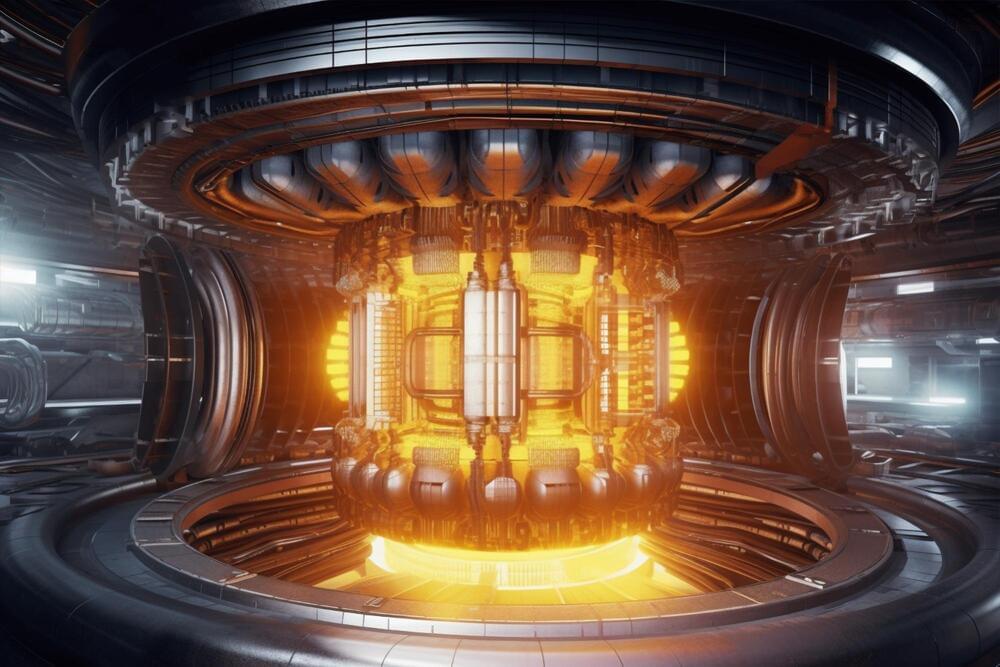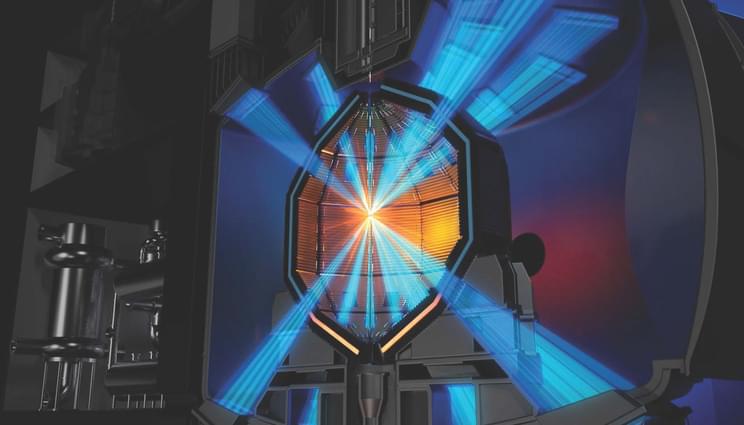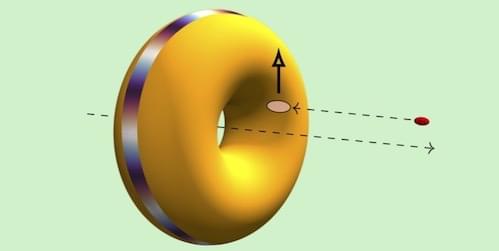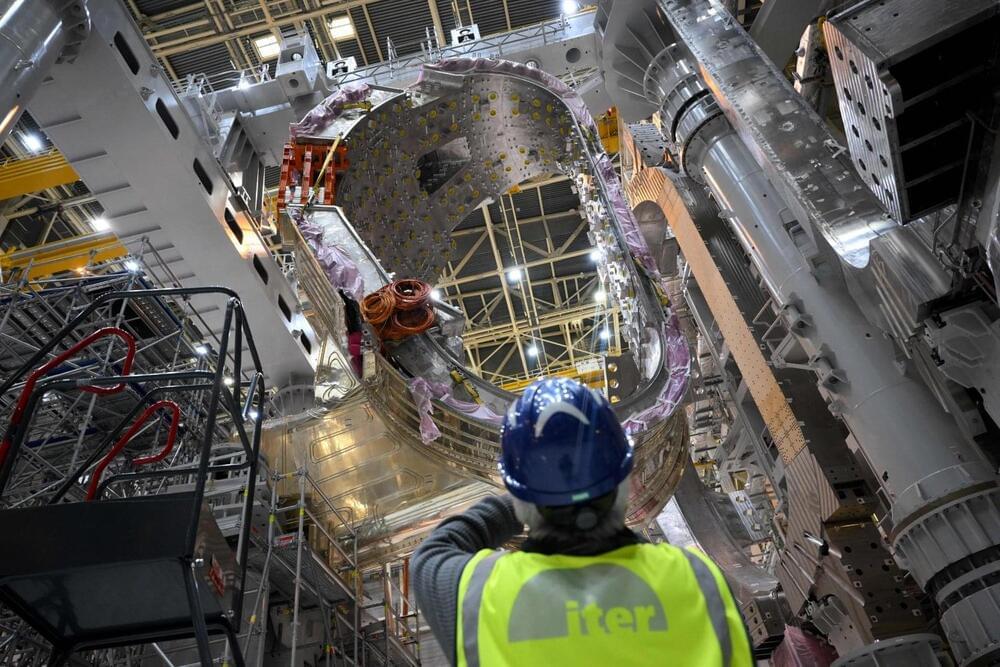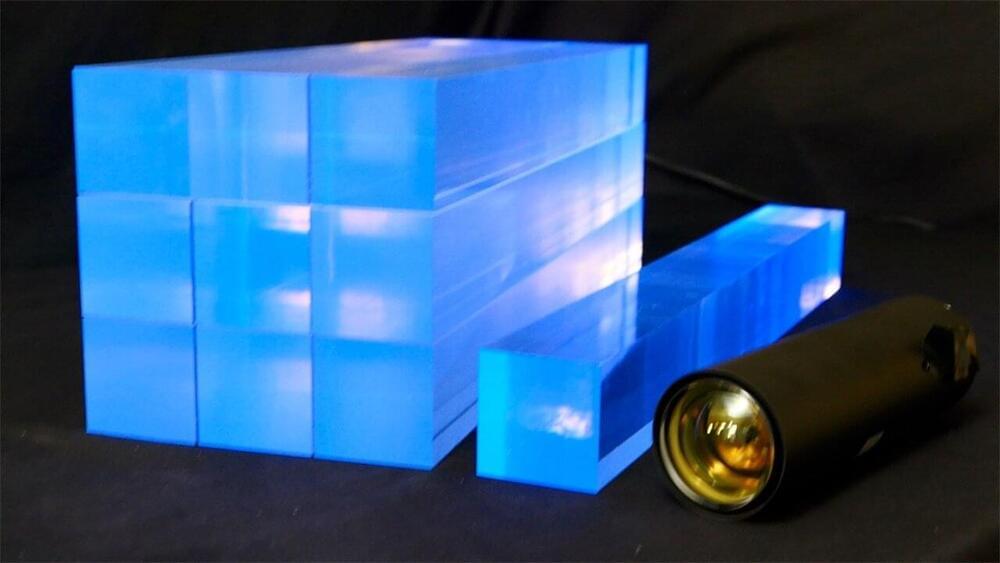Researchers in Japan made a groundbreaking discovery that could bring us closer to sustainable energy from nuclear fusion reactors, paving the way for longer-lasting, more efficient clean energy systems.
In a recent study, the team developed protective coatings to enhance the durability of materials used in fusion reactors, addressing a key challenge: material degradation from extreme heat and corrosive liquid metal coolants.
Fusion reactors, which mimic the sun’s energy production process, hold huge potential as a limitless source of clean energy. However, their intense environment makes it difficult to find materials that can endure prolonged exposure to high temperatures and corrosive coolants like lithium-lead alloy.
